Sensors are the core of the Internet of Things
But what if Internet of Things (IoT) sensor technology could tell you whether that lasagna was still safe for dinner or whether it’s time to toss the hair-coloring product slowly drying out in the back of your medicine cabinet? That promise is what’s on the menu at the 254th National Meeting & Exposition of the American Chemical Society (ACS) in Washington, D.C., this week. So, what does the world’s largest scientific society, with more than 157,000 members, have to do with IoT?

Sensor technology is at the core of IoT, and the researchers aligned with the 140-year-old organization have developed a cheap, portable, paper-based sensor that could potentially do a lot more than tell users how old the food is. The idea is that the sensors could actually interact with the substance to tell whether or not it’s spoiled.
Silvana Andreescu, Ph.D., told Phys.org, "My lab has built a versatile sensing platform that incorporates all the needed reagents for detection in a piece of paper. At the same time, it is adaptable to different targets, including food contaminants, antioxidants and free radicals that indicate spoilage."
More than just spoiled leftovers
That means the technology could also be used to identify new medicinal plants without having to bring samples back to the lab, or to authenticate the provenance of expensive wines and teas.
According to Andreescu, the key is nanostructures that “catch and bind” with the compounds being tested for — in this case, the reactive oxygen species that products accumulate as they age and eventually spoil — changing color to indicate the results. Green for good to eat, for example, or red for send it to the dumpster.
Even better, because all the reagents needed are incorporated into the paper, “users don't need to add anything other than the sample being tested.” That means the sensors could be added to food or cosmetic labels, offering real-time information on the condition of their contents without users having to perform special tests.
Super cheap, disposable sensors could be big business
So, yeah, that lasagna may not be getting any younger, but deciding whether to keep or toss it may no longer be a guessing game. And that could help take a bite out of the $640 worth of food the average American family throws out each year, according to the American Chemistry Council. Put it all together, and those leftovers add up to big dollars — an estimated $165 billion worth of food Americans waste every year.
Sure, these paper-based, color-coded sensors don’t need the internet to display their results, but these kinds of super-cheap, disposable sensors can only extend the reach of the IoT. And it’s hardly a stretch to see these sensors being able to communicate with smart appliances to track how well they’re doing preserving food, notifying consumers when stuff needs to be thrown out, and even figuring out when staples need to be replaced.
For more info, check out this YouTube video: https://youtu.be/4ODMk5qjGus

 In fact, your own hand is the biggest culprit when it comes to putting filth on your phone. Americans check their phones about 47 times per day, according to a survey by Deloitte, which affords plenty of opportunities for microorganisms to move from your fingers to your phone.
In fact, your own hand is the biggest culprit when it comes to putting filth on your phone. Americans check their phones about 47 times per day, according to a survey by Deloitte, which affords plenty of opportunities for microorganisms to move from your fingers to your phone.



